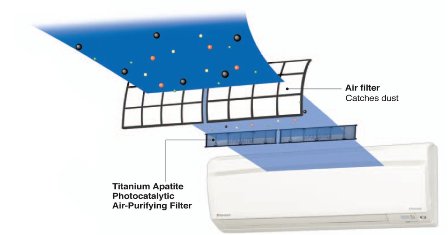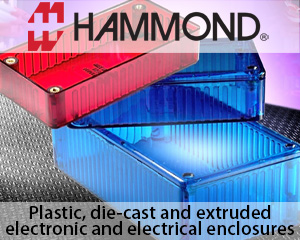 Air, an essential medium on which all life depends, is heavily affected by waste generated during industrial, domestic or agricultural activities. Among the various contaminants found in air, harmful gases like NOx, SOx require special attention because of their toxic effect on humans and the environment, even at very minute concentrations. Adsorption is proved to be economical and efficient over other technologies, especially for removing pollutants from air medium. The efficacy and utility of adsorbents greatly depend upon the affinity of target contaminants towards the adsorbents.
Air, an essential medium on which all life depends, is heavily affected by waste generated during industrial, domestic or agricultural activities. Among the various contaminants found in air, harmful gases like NOx, SOx require special attention because of their toxic effect on humans and the environment, even at very minute concentrations. Adsorption is proved to be economical and efficient over other technologies, especially for removing pollutants from air medium. The efficacy and utility of adsorbents greatly depend upon the affinity of target contaminants towards the adsorbents.
Heterogeneous photocatalysis is an advanced technology used in the mineralization of organic pollutants and disinfection of air. Heterogeneous photocatalysis involves the acceleration of a photoreaction in the presence of a semiconductor photocatalyst that provides the generation of highly reactive radical species, mainly hydroxyl radicals (•OH). Traditional Air-filter contains two main components (i) HEPA & (ii) Active materials for adsorption. Latest technology available in market is mainly dealing with activated carbon based mesoporous active materials. At Log 9 materials, a prototype has been developed with an improved version of both HEPA and active material using nanomaterials containing graphene and other nanoparticles that show improved results in removing organic molecules, VOCs and other pollutants. Traditional HEPA filter is replaced with more efficient graphene incorporated cellulose based filter, which shows HEPA grade efficiency at a lower cost. Also, the developed technology is indigenously available.
In the ongoing research, a novel, efficient and cost-effective technology is being explored to remove the contaminants from air. Graphene based composite materials are prepared to remove the impurities such as NOx, SOx and VOCs by adsorption, absorption or catalytic conversion with high efficiency.
Compared to conventional systems, the developed air purification system shows advance oxidation process and photocatalytic reduction of multiple harmful gases, in the presence of UV light. In advance oxidation process, not only adsorption of gases take place on the surface of active materials but also the harmful gases are broken into other non-toxic gases because of photocatalytic activity of nanomaterials and electron transfer support provided by graphene. The UV light source in the air filter will also show antimicrobial property and thus enhancing filter’s efficiency.
Graphene based nanocomposite can exhibit excellent performance for removal of toxic pollutants like NOX, SOX and VOCs. The photocatalytic based graphene composite could offer the removal of target toxic pollutants with almost 95% removal efficiency (500 mg of material can remove 950 ppm of air pollutants out of 1000 ppm). Graphene can also show high selective absorption of NOX molecules. The graphene based nanocomposite can degrade gaseous nitrogen oxides (NOX) up to parts-per-billion (ppb) level under UV light irradiation and can fully inhibit NO2 generation. It can show high efficiency of NO removal up to 80%.
Through this HEPA replacement filter made with graphene incorporated cellulose, PM 2.5 particles can be easily filtered out. The developed air filter can show more than 99% efficiency in particulate removal. The Graphene incorporated cellulose filter can be used for trapping fine particles down up to 0.3 µm. Also, the design is such that the pressure drop is minimized and hence increasing the efficiency of the air flow in the filter.
The gas absorption efficiency can further be enhanced by convection air flow through the channels of porous composite bed like structure created by a stage or stage-less speed variation motor fan located before and after the particle filter which will trap the chemically toxic gases and odors in the nano-structured composite material surface. The clean air will exit from the absorber and will flow back into the living space.
Also in comparison to available technologies, this graphene – nanoparticle based active material can be recycled easily under UV light activation and thus life cycle of the air filter will be much higher as compared to current available technologies. The nanomaterial based active material and other graphene based composites are prepared from low cost input base materials and thus making the overall product highly cost effective.







